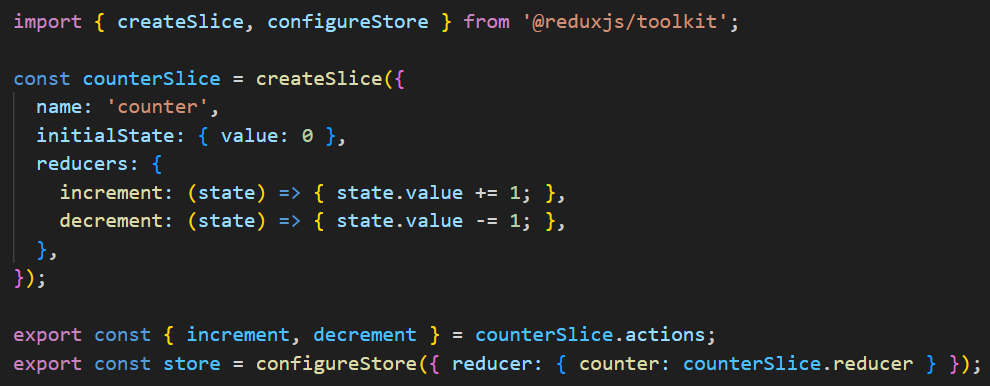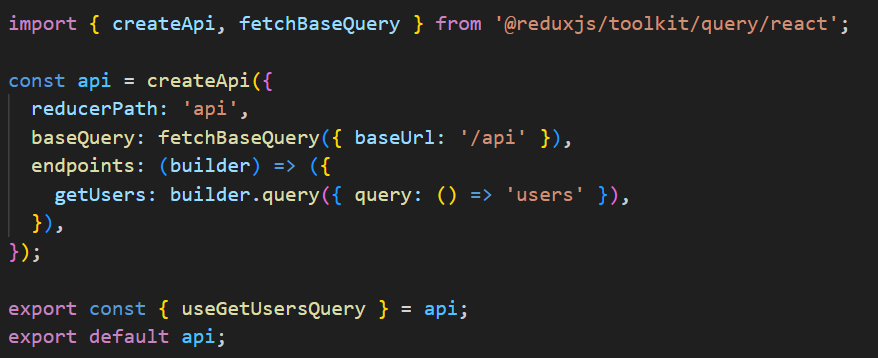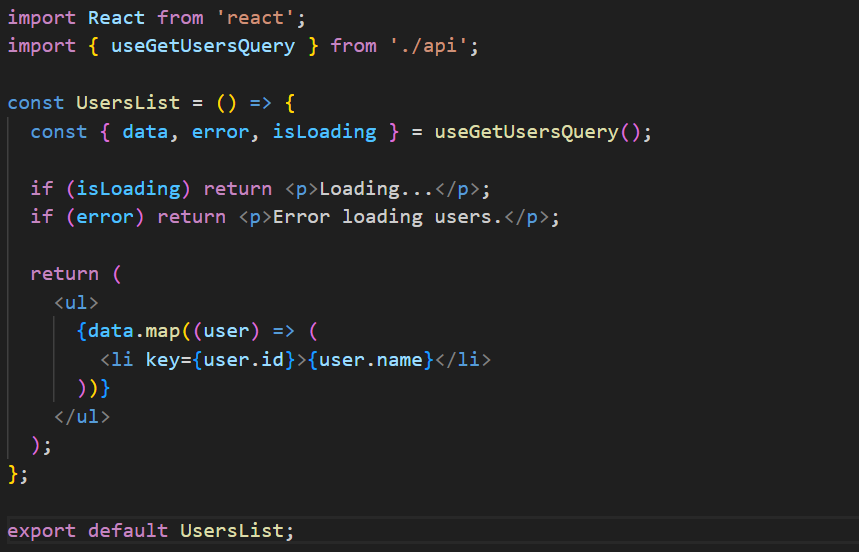Redux has long been the go-to state management solution for React applications, but it often required boilerplate code that made state management cumbersome. Enter Redux Toolkit (RTK), a modern, opinionated way to manage state efficiently. In this blog, we’ll explore Redux Toolkit’s features and how RTK Query simplifies data fetching.
1. What is Redux Toolkit?
Redux Toolkit (RTK) is an abstraction over Redux that simplifies store setup and reduces boilerplate. It includes tools like createSlice and configureStore, making Redux easier to use and maintain.
Benefits of Redux Toolkit:
- Less Boilerplate: Reduces repetitive code.
- Built-in Immutability Handling: Uses Immer.js under the hood.
- Better Performance: Optimized updates and state management.
2. Setting Up Redux Toolkit
To install Redux Toolkit, use:

Then, set up a Redux slice:

3. Using RTK Query for API Calls
RTK Query is an efficient tool for data fetching and caching that comes integrated with Redux Toolkit. It streamlines API requests and eliminates the need for third-party libraries like Axios.
Installing RTK Query:
RTK Query is included with Redux Toolkit, so no additional installation is needed.
Setting Up RTK Query:

4. Integrating RTK Query in a React Component
With RTK Query, fetching and displaying data becomes straightforward. This eliminates the need for manually managing state, reducers, and API calls:

5. Combining Redux Toolkit and RTK Query
To integrate RTK Query with Redux Toolkit, add the API reducer to the store:
Example:

Using RTK Query reduces the need for manual state management for async operations.
Conclusion
Redux Toolkit simplifies state management, and RTK Query enhances API handling by reducing complexity and improving performance. By leveraging these tools, developers can create scalable, efficient, and maintainable React applications.
